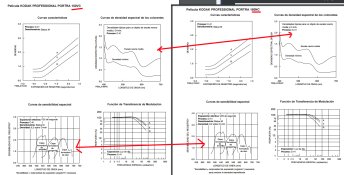DREW WILEY
Member
- Joined
- Jul 14, 2011
- Messages
- 14,419
- Format
- 8x10 Format
Adrian, yes, deep shadows under a blue sky are blue, just like the Impressions discovered. But with Ektar, that blue gets inflected with an annoying cyan cast, whereas in chrome films it is not, even when exaggerated, and in traditional portrait CN films it is artificially warmed. The problem was way worse with the prior Ektar 25. Of course, since you're working with other people's shots you have the challenge of salvage printing quite a bit of the time, no doubt. But I'm speaking of optimization by having every step under personal control. Digital workflow can't recover anything that darkroom options can't. Curve reconfiguration was done for decades prior to scanners; it was just a big expensive headache potentially involving quite a bit of film and print dye tweaking. But sometimes it can be done fairly simply. PS just mimics these functions, often right down to the names for the operations. Then there are all kinds of squirrelly gamut limitation of inkjet inks, which one simply has to make the most of, just like with any other color photographic medium. I tried to become a watercolorist as a kid, which offers tremendous hue control, but just never had the right disposition to be a painter. More of a hiker for whom a camera is a much better fit.













